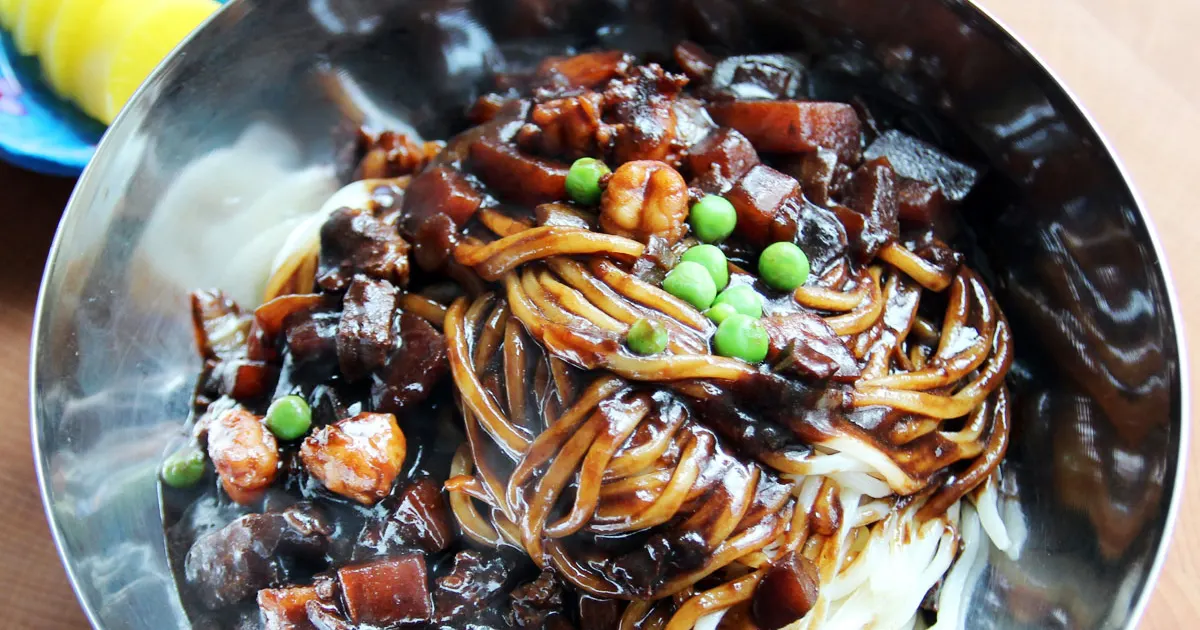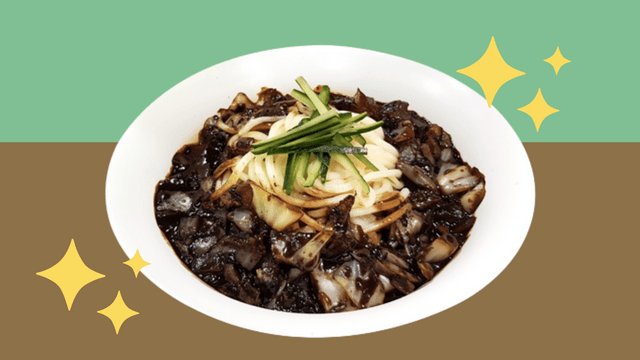Jjajangmyeon, a staple of Korean cuisine, offers a unique taste experience with its deep, savory flavors and hearty texture. This beloved noodle dish combines thick wheat noodles with a rich black bean sauce, typically punctuated with diced pork and vegetables. In this article, we will explore the origins, preparation, and cultural significance of Black Bean Noodles, along with modern variations that celebrate this delicious dish.
The Historical Roots of Jjajangmyeon

Jjajangmyeon’s journey begins in the early 20th century, introduced by Chinese goltogel immigrants in Incheon, Korea. Originally derived from the Chinese dish ‘Zhajiangmian,’ jjajangmyeon has evolved significantly in Korea. It represents a fusion of Chinese culinary techniques with Korean flavors and ingredients, resulting in a dish that is both comforting and uniquely Korean.
Crafting the Perfect Bowl of Jjajangmyeon
The art of making Black Bean Noodles lies in the balance of its components—the noodles, the sauce, and the toppings. Here’s how you can create this dish:
- Noodles:
- Jjajangmyeon uses thick, chewy wheat noodles that are perfect for holding the heavy, robust sauce.
- Jjajang Sauce:
- The sauce is the heart of the dish, made from chunjang (a fermented black bean paste), which is fried with oil, then cooked with diced pork, onions, and sometimes seafood or other vegetables.
- Cooking Process:
- The sauce is simmered until thick and fragrant, then poured over the freshly cooked noodles.
- Garnishes:
- Common garnishes include sliced cucumbers and a boiled or fried egg, adding freshness and texture to the dish.
Nutritional Value and Variations
While traditional jjajangmyeon is rich and flavorful, it is also adaptable to various dietary preferences. Variations can include:
- Vegetarian Jjajangmyeon: Using tofu or additional vegetables instead of pork.
- Seafood Jjajangmyeon: Incorporating seafood like shrimp or squid for a different flavor profile.
- Spicy Jjajangmyeon: Adding Korean chili paste or fresh chilies to introduce heat to the dish.
Jjajangmyeon in Korean Culture
Jjajangmyeon holds a special place in Korean culture, often eaten on special occasions such as moving day or Black Day (April 14th), when singles gather to eat Black Bean Noodles and commiserate over their solo status.
The Global Spread of Black Bean Noodles
As Korean culture continues to influence global trends, jjajangmyeon has found new fans worldwide. Restaurants serving Korean cuisine often feature Black Bean Noodle.
DIY Jjajangmyeon at Home
Making jjajangmyeon at home can be a delightful culinary project. With access to Korean grocery stores or online markets, home cooks can find all the necessary ingredients, such as chunjang and the right type of noodles. Cooking Black Bean Noodles offers a chance to customize the dish to personal taste preferences, making it less sweet, more savory, or even spicier.
Pairing Jjajangmyeon
The richness of jjajangmyeon pairs well with light, acidic beverages. A chilled glass of radish water kimchi (dongchimi) can balance the heaviness of the noodles and sauce.
Celebrating the Joy of Jjajangmyeon
Jjajangmyeon is more than just a noodle dish. It’s a symbol of comfort, a culinary bridge between cultures, and a beloved staple in Korean cuisine. Whether enjoyed in a bustling Korean restaurant. Black Bean Noodles offers a delicious escape into the world of Korean flavors. Embrace the joy of Black Bean Noodles and let this savory, rich dish inspire your culinary adventures!




